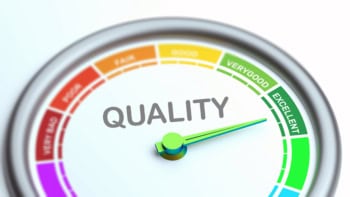Council members of the European Space Agency have agreed a new five-year budget for the space agency. As expected, the budget promotes the development of new industrial programmes such as an upgrade of the Ariane 5 rocket, a global positioning system, and high-speed Internet satellite communications. A new Earth science programme called 'Living Planet' receives Euro 593m (£ 390m). The science budget at Euro 1.46bn (£ 960m) for the period 1999-2002 is 21% less than Antonio Rodotà, ESA's director general asked for.
The ESA Council meeting, held in Brussels over the past two days, also formalised closer ties to the European Union. ESA hopes that the EU will become a major new source of funds for some of the industrial programmes such as Galileo, a joint ESA/EU global navigation system. A final decision on the future of Galileo will happen at an EU transport meeting in June. During the ESA meeting, Lord Sainsbury, the UK Minister for Science and Space, was appointed chairman of the European Space Agency (ESA) Ministerial Council.
The Earth science programme is an attempt to put “Earth sciences on a more equal footing with ESA’s traditional strengths in scientific research” says Sainsbury. The programme includes new satellites to monitor the effects of global warming from space. The ministers also confirmed Europe’s involvement in the International Space Station by putting Euro 298.5m ( £ 196m) towards its operating costs over the next two years.
One unexpected surprise was the approval of Mars Express – a Euro 150m spacecraft to be launched in 2003. Space scientists have lobbied against the proposal as funds originally scheduled for the FIRST/PLANCK mission have been diverted to fund Mars Express. However, no funds were made available for Beagle 2 – a small lander craft attached to Mars Express. But Colin Pillinger of the Open University and principle proponent of the project remains optimistic that the Euro 38m (£ 25m) needed for the lander will become available from another source.



